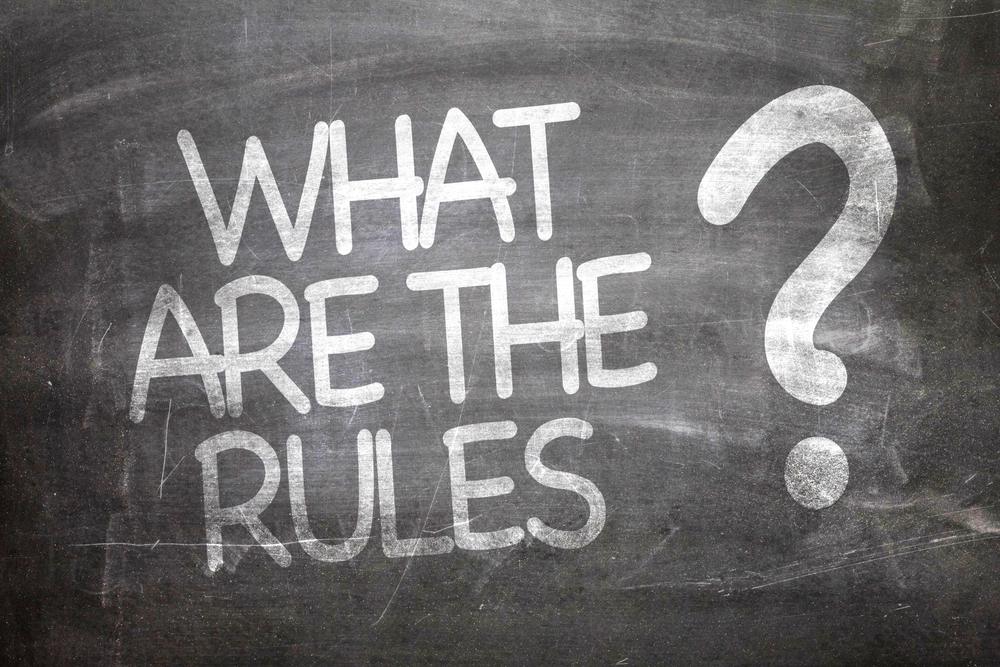Navigating EMEA Translation Requirements
Medical Pharmaceutical Translations • Mar 18, 2024 9:30:00 AM

Within the vast and diverse region of Europe, the Middle East, and Africa (EMEA), translation requirements present unique challenges and opportunities. In this blog post, we explore the intricacies of EMEA translation requirements, highlighting key considerations and strategies for successful localization.
Understanding the Diversity of EMEA: The EMEA region encompasses a diverse array of languages, cultures, and regulatory landscapes. From the Romance languages of Western Europe to the Semitic languages of the Middle East and the diverse linguistic tapestry of Africa, the EMEA region presents a complex mosaic of linguistic diversity.
Each country within EMEA has its own language preferences, cultural norms, and legal requirements regarding translations. Understanding these nuances is crucial for effective localization efforts, ensuring that translated content resonates with local audiences while complying with regulatory standards.
Regulatory Compliance and Legal Considerations: Navigating regulatory requirements is a central aspect of EMEA translation projects. Many countries within the region have stringent regulations governing language use in various industries, such as healthcare, finance, and consumer products.
For example, the European Union (EU) has specific directives regarding multilingual labeling for products sold within its member states. Similarly, countries in the Middle East may require translations to adhere to Islamic legal principles or obtain official certification from authorized bodies.
Failure to comply with regulatory requirements can lead to legal repercussions and damage to brand reputation. Therefore, working with experienced translators who are well-versed in regional regulations is essential for ensuring compliance and mitigating risks.
Cultural Sensitivity and Localization: Effective localization goes beyond linguistic translation; it involves adapting content to resonate with local cultures and preferences. In the diverse EMEA region, cultural sensitivity is paramount to successful localization efforts.
Cultural nuances, such as gestures, symbols, and social customs, vary significantly across EMEA countries. Translators must be attuned to these nuances to avoid inadvertently offending or alienating local audiences.
Moreover, localization extends to visual elements, such as graphics, colors, and imagery, which may carry different connotations across cultures. Adapting these elements to align with local preferences enhances the effectiveness of translated content and fosters connection with target audiences.
Technology and Translation Tools: In the digital age, technology plays a crucial role in facilitating EMEA translations. Translation management systems (TMS), computer-assisted translation (CAT) tools, and machine translation (MT) technologies streamline the translation process, improving efficiency and consistency.
However, while technology can expedite translation workflows, human oversight remains indispensable. Translators bring linguistic expertise, cultural insight, and contextual understanding that machines cannot replicate. Combining technology with human expertise ensures high-quality translations that resonate with EMEA audiences.
Conclusion: Navigating EMEA translation requirements requires a nuanced understanding of linguistic diversity, regulatory compliance, cultural sensitivity, and technological advancements. By leveraging the expertise of experienced translators, embracing localization best practices, and harnessing the power of technology, businesses can effectively communicate across the diverse EMEA region, fostering connections and driving success in global markets.
